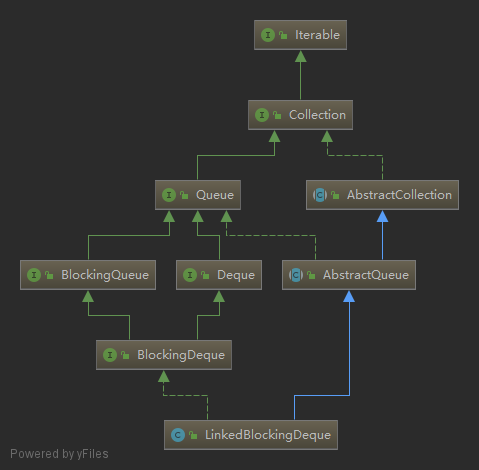Java 集合框架系列(六)线性表之 Queue 总结
本文介绍一种运算受限的线性表 —— Queue 队列在 Java 中的实现与使用。
队列接口
Queue 接口的继承关系及提供的方法如下:
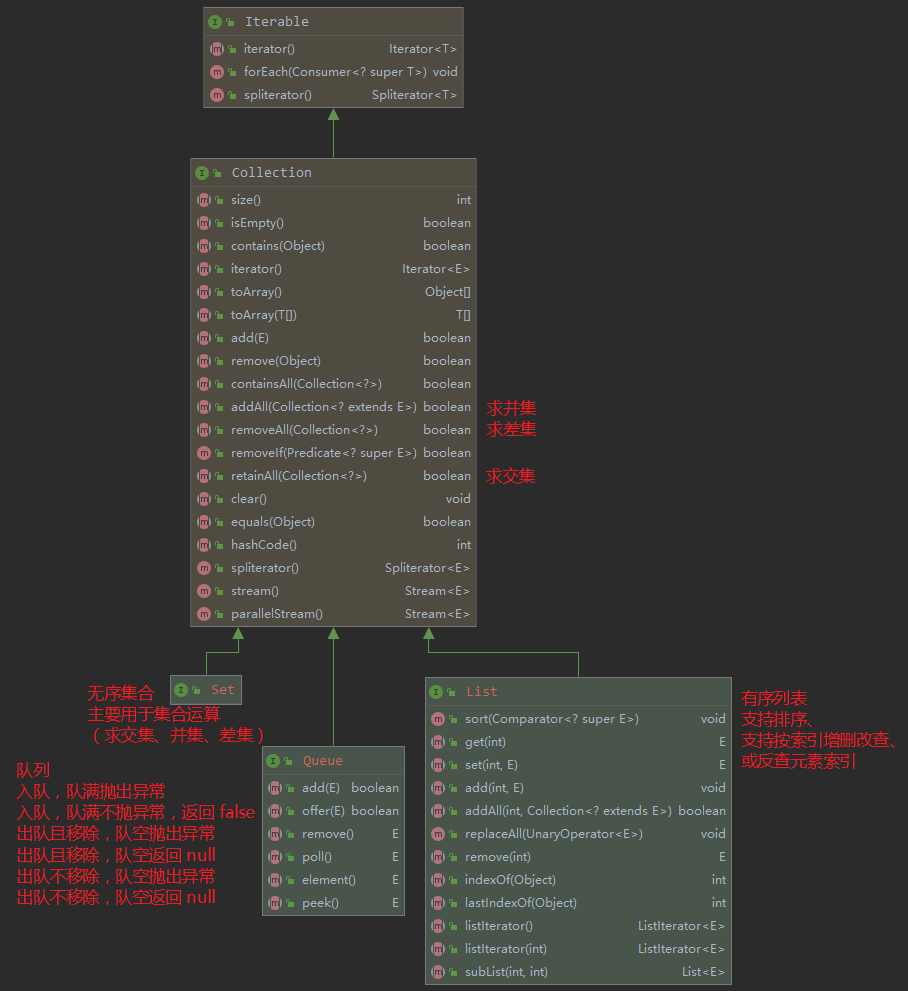
入队/出队/队头
Queue 接口提供的六个方法差别如下:
| Throws exception | Returns special value | |
|---|---|---|
| Insert | add(e) |
offer(e) |
| Remove | remove() |
poll() |
| Examine | element() |
peek() |
遍历队列
参考:《Iterate over a Queue in Java》
队列实现
Java 提供的队列实现如下图:
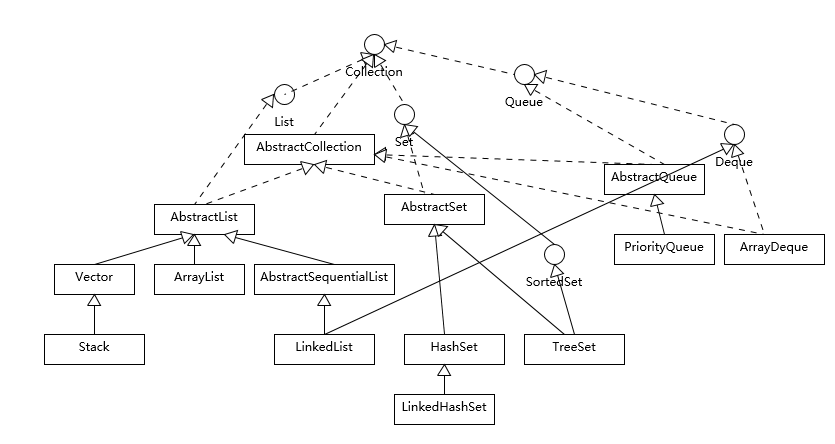
顺序队列
使用如下:
1 | // 单端顺序队列 |
ArrayDeque 底层存储结构为一维数组,默认队列容量为 16。其成员变量定义如下:
1 | /** |
在反复入队、出队时,为了解决了一维数组的“空间浪费”及“假溢出”问题,有两种解决方案:
- 在出队时,将剩余数组元素全部往前挪动一个位置,但这个动作的时间复杂度
O(n),影响性能。 - 使用循环队列。
ArrayDeque 是一个循环队列。当进行出队、入队操作时,并不是简单是 head++、tail++,而是自增后进行取模运算,确保 head、tail 在容量范围内进行反复循环。其实现如下图:
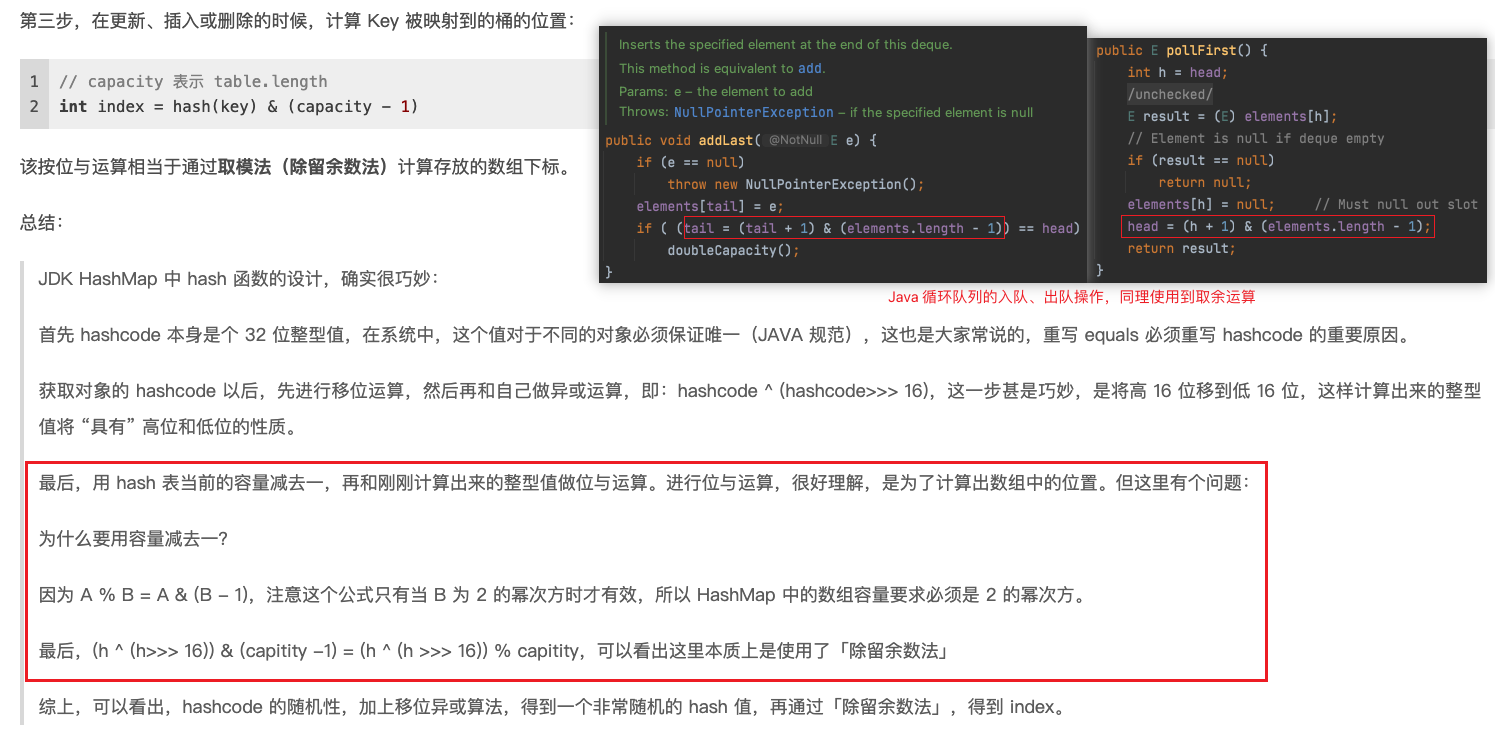
ArrayDeque 是一个无界队列。当队满时,会进行双倍空间的动态扩容(底层实现为新建一个双倍容量的新数组,并使用 System#arraycopy 方法进行数组拷贝)。源码实现如下:
1 | /** |
这里我用 C 语言自己实现了一个简单的循环队列,代码如下:
https://github.com/qidawu/cpp-data-structure/blob/main/src/cycleQueue.cpp
实现过程中,有一些注意点:
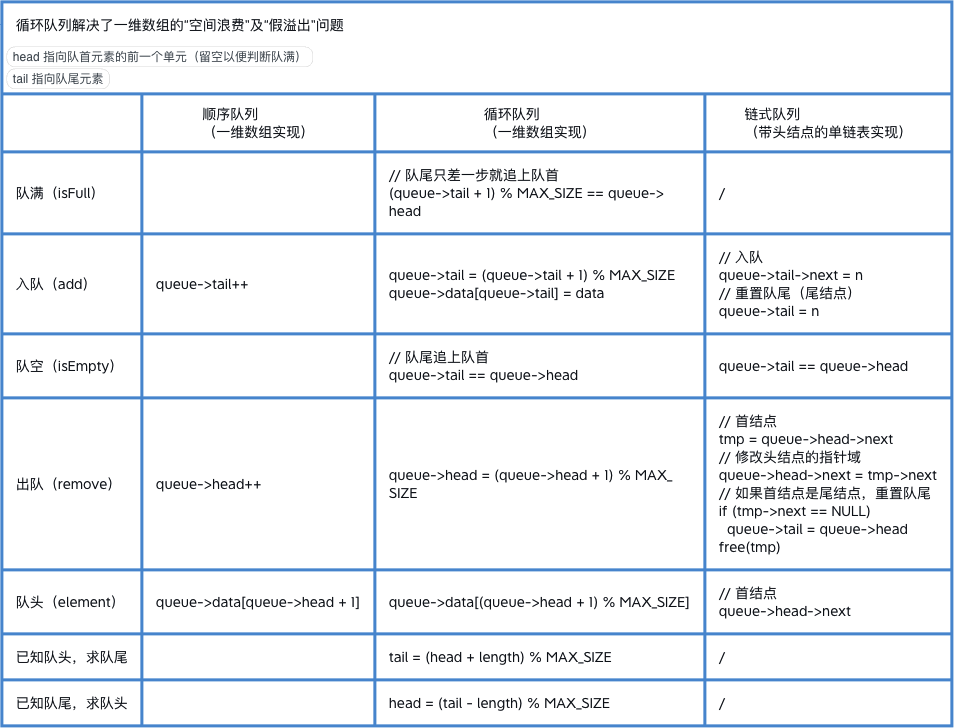
链式队列
使用如下。链式队列也是一个无界队列:
1 | // 单端链式队列 |
阻塞队列
并发队列有两种实现方式:
- 阻塞队列(
BlockingQueue) - 并发队列(非阻塞实现)

下面重点看下 BlockingQueue,其扩展自 Queue 接口,主要新增了两组接口(下表后两列),其常用方法差别如下表:
| Throws exception | Returns Special value | Times out | Blocks | |
|---|---|---|---|---|
| Insert | add(e) |
offer(e) |
offer(e, time, unit) |
put(e) |
| Remove | remove() |
poll() |
poll(time, unit) |
take() |
| Examine | element() |
peek() |
not applicable | not applicable |
而线程池 ThreadPoolExecutor 目前就使用了 BlockingQueue 的这些方法:
- 入队
offer(e) - 出队
poll(time, unit)或take()
阻塞队列实现
阻塞队列 BlockingQueue 的实现如下图:
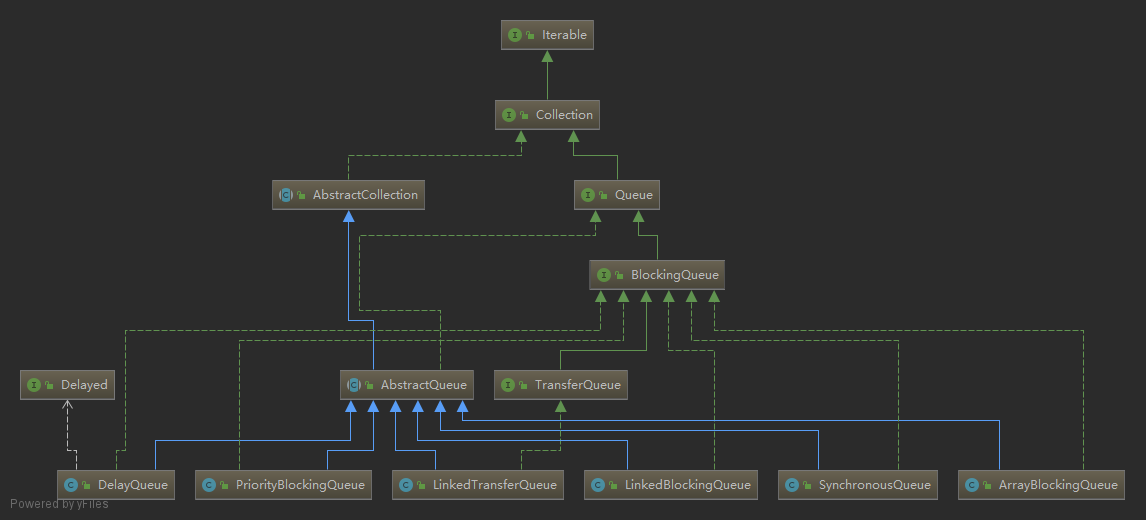
有界队列(数组实现):
ArrayBlockingQueue,基于数组实现的有界阻塞队列。
无界队列(链表实现):
LinkedBlockingQueue,基于链表实现的可选无界阻塞队列。默认用于Executors.newFixedThreadPool(...)和newSingleThreadExecutor(...)。LinkedTransferQueuePriorityBlockingQueue,基于堆实现(底层是数组)的具有优先级的无界阻塞队列。DelayedQueue
无容量队列:
SynchronousQueue,无容量阻塞队列,每个插入操作都必须等待另一个线程的移除操作,反之亦然。默认用于Executors.newCachedThreadPool(...)。
阻塞双端队列 BlockingDeque 的实现如下图:
